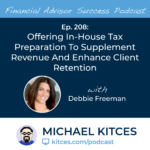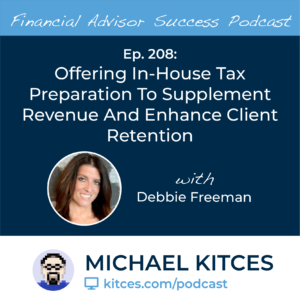As a challenging 2020 comes to a close, I am once again so thankful to all of you, the ever-growing number of readers who continue to regularly visit this Nerd’s Eye View blog (and share the content with your friends and colleagues, which we greatly appreciate!). This was certainly not the year that most of us anticipated when it began; personally, I changed advisory firms for the first time in 17 years, had the longest stint at home that I’ve had in 16 years (as in-person events were shut down!), and at the same time had a near-doubling of the Kitces.com team as we’ve focused on expanding our work with the advisor community with new Resources, new Webinars, new Office Hours, and changes to our back-end website infrastructure to better scale for the future… all in service to our mission of Helping Financial Advisors Be Better And More Successful.
We recognize (and appreciate!) that this blog is a weekly habit for thousands of advisors, but that not everyone has the time or opportunity to read every blog post that is released from Nerd’s Eye View throughout the year. As many of you noted in response to our recent Reader Survey, most choose which articles to read based on headlines and topics that are of interest. Yet in practice, this means that an article once missed is often never seen again, ‘overwritten’ (or at least bumped out of your Inbox!) by the next day’s, week’s, and month’s worth of content that comes along.
Accordingly, just as I did last year and in 2018, 2017, 2016, 2015, and 2014, I've compiled for you this Highlights List of our top 20 articles in 2020 that you might have missed, including some of our most popular episodes of the Financial Advisor Success podcast. So whether you're new to the blog and #FASuccess (and Kitces & Carl) podcasts and haven't searched through the Archives yet, or simply haven't had the time to keep up with everything, I hope that some of these will (still) be useful for you! And as always, I hope you'll take a moment to share podcast episodes and articles of interest with your friends and colleagues as well!
In the meantime, I hope you're having a safe and happy holiday season. Thanks again for another successful year in 2020, and I hope you enjoy all the new features and resources we'll be rolling out in 2021, too!






 Welcome back to the 208th episode of the Financial Advisor Success Podcast!
Welcome back to the 208th episode of the Financial Advisor Success Podcast!


